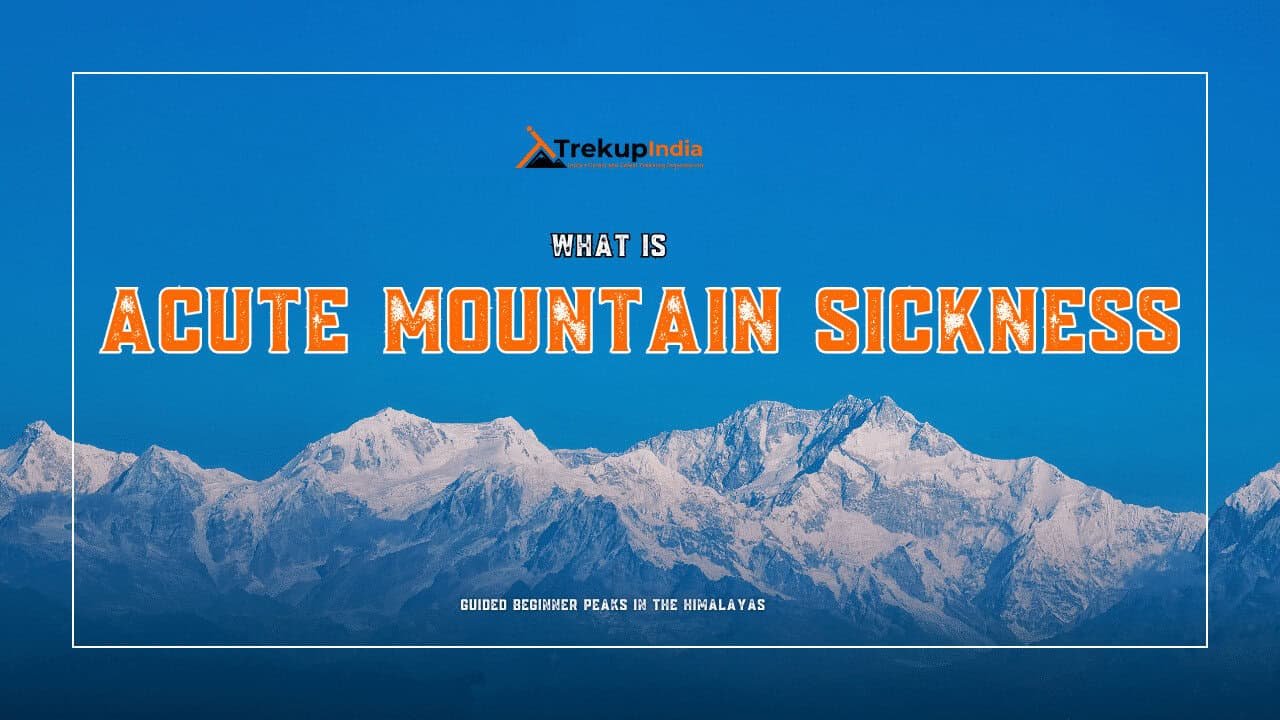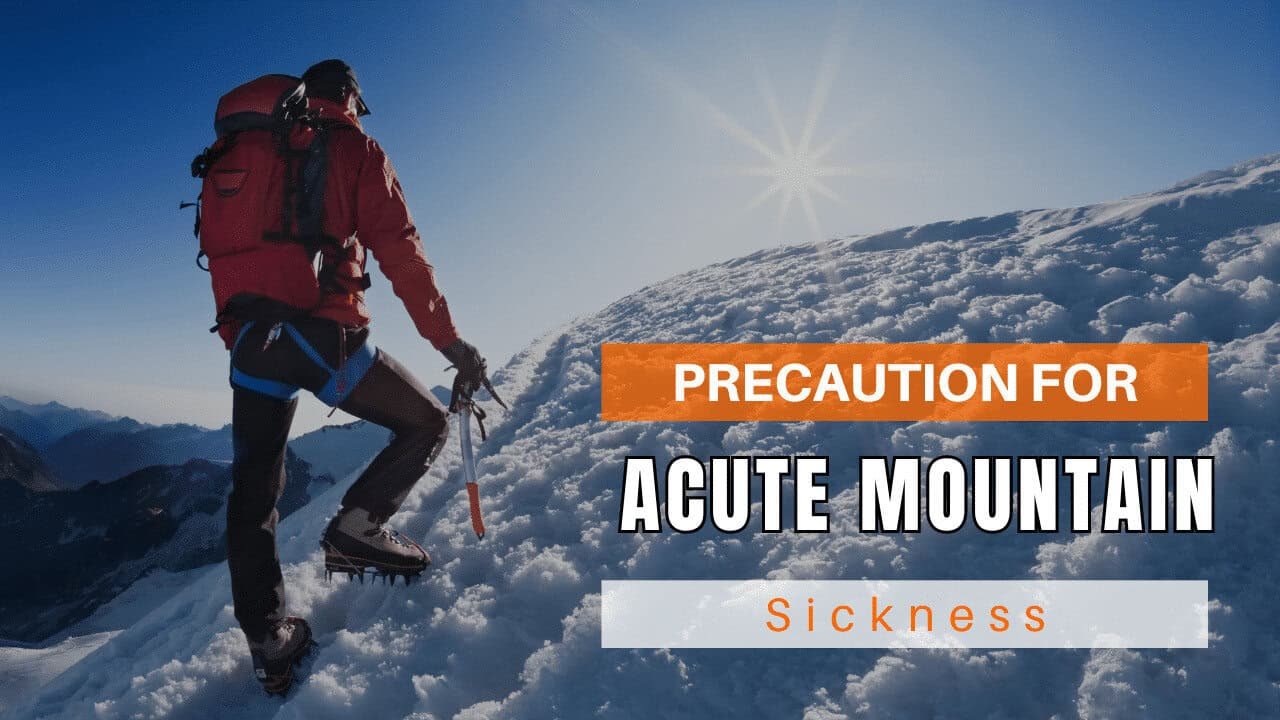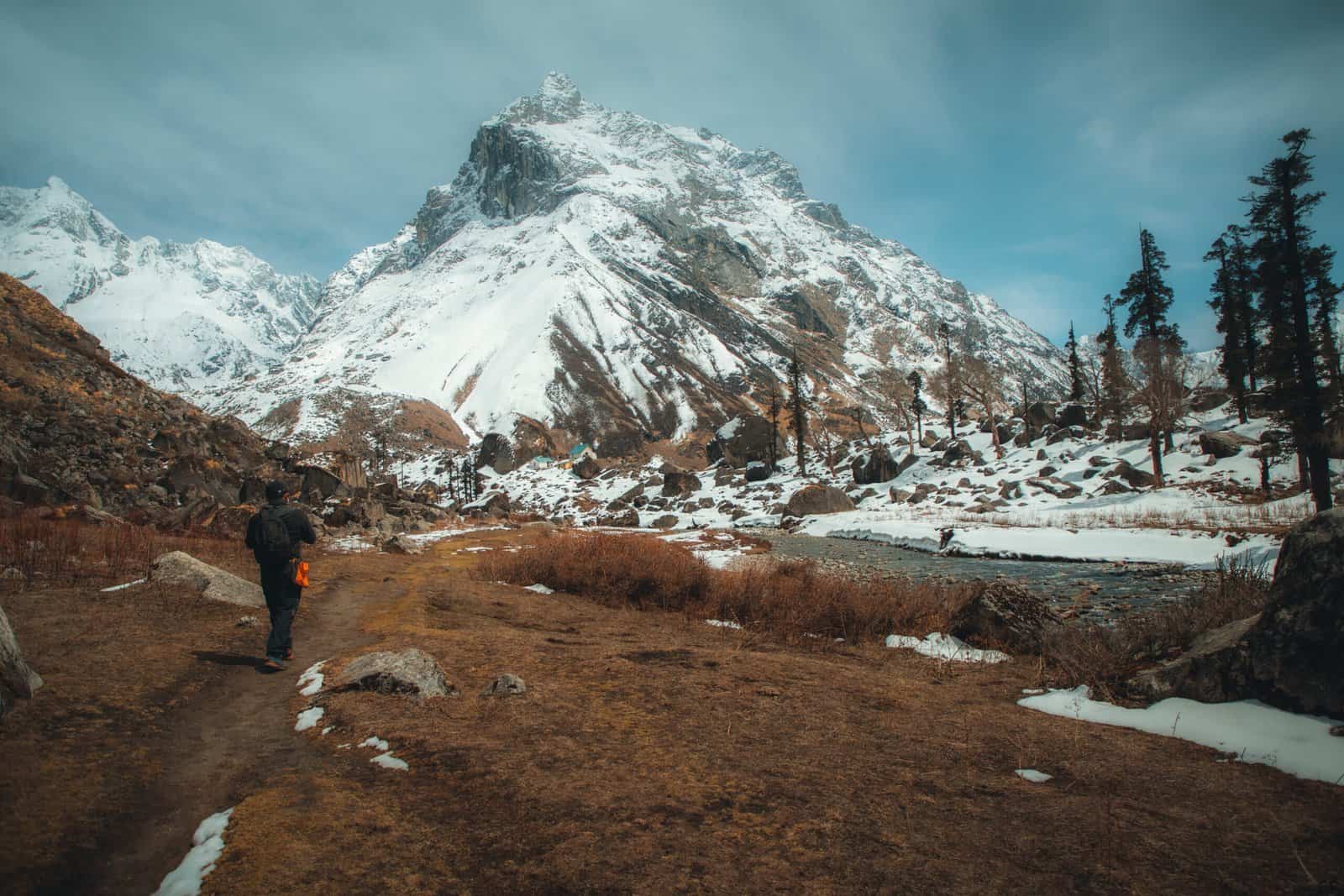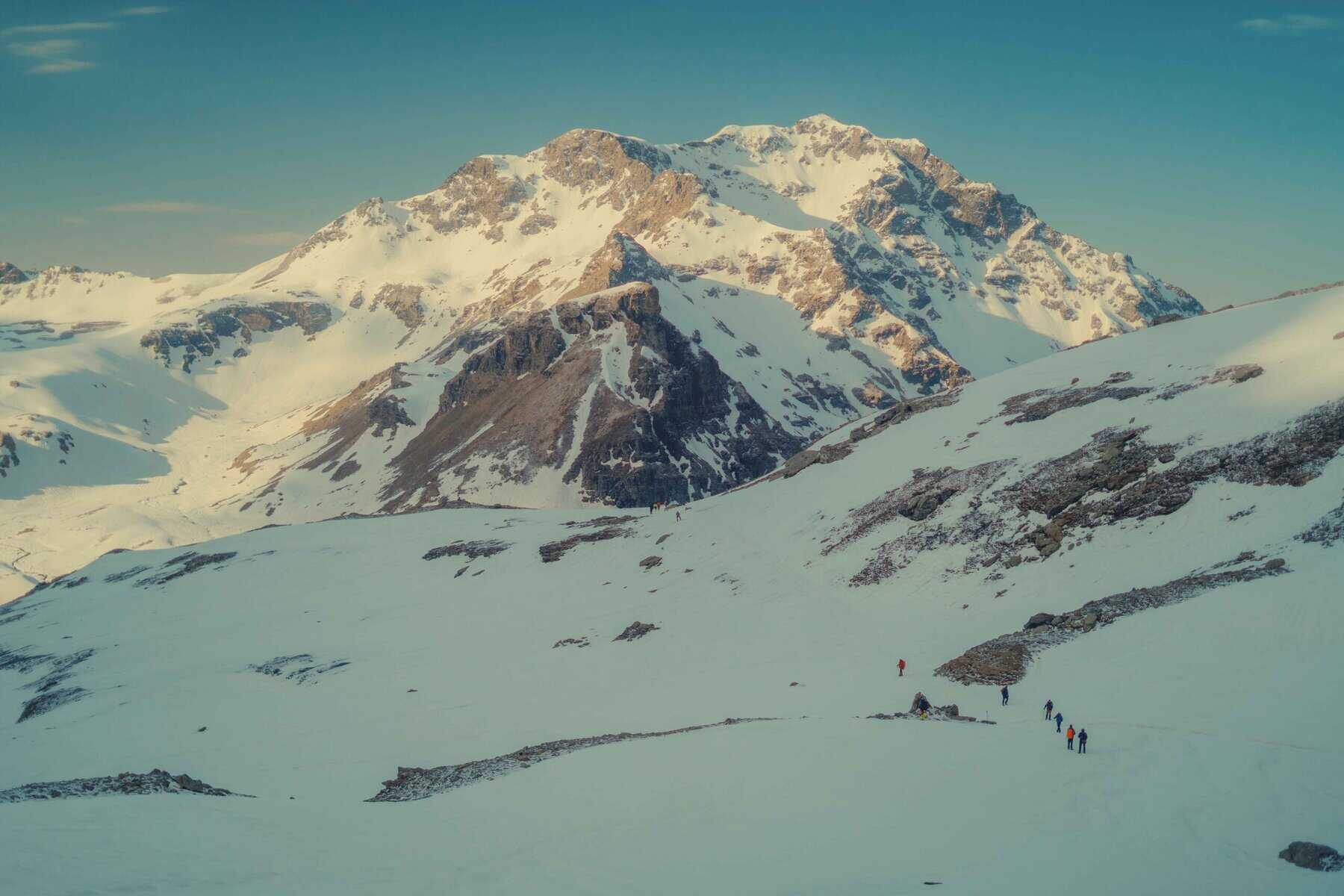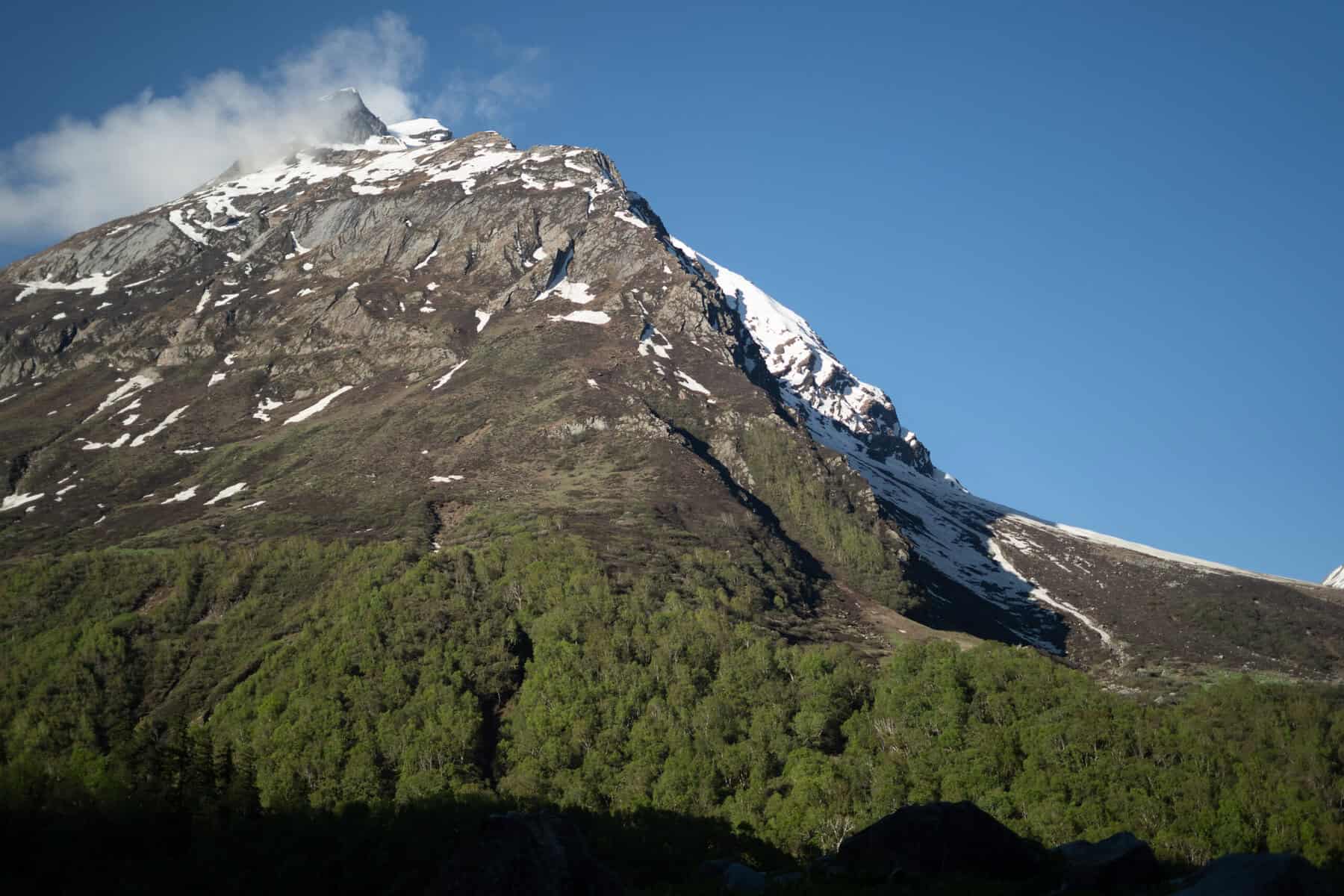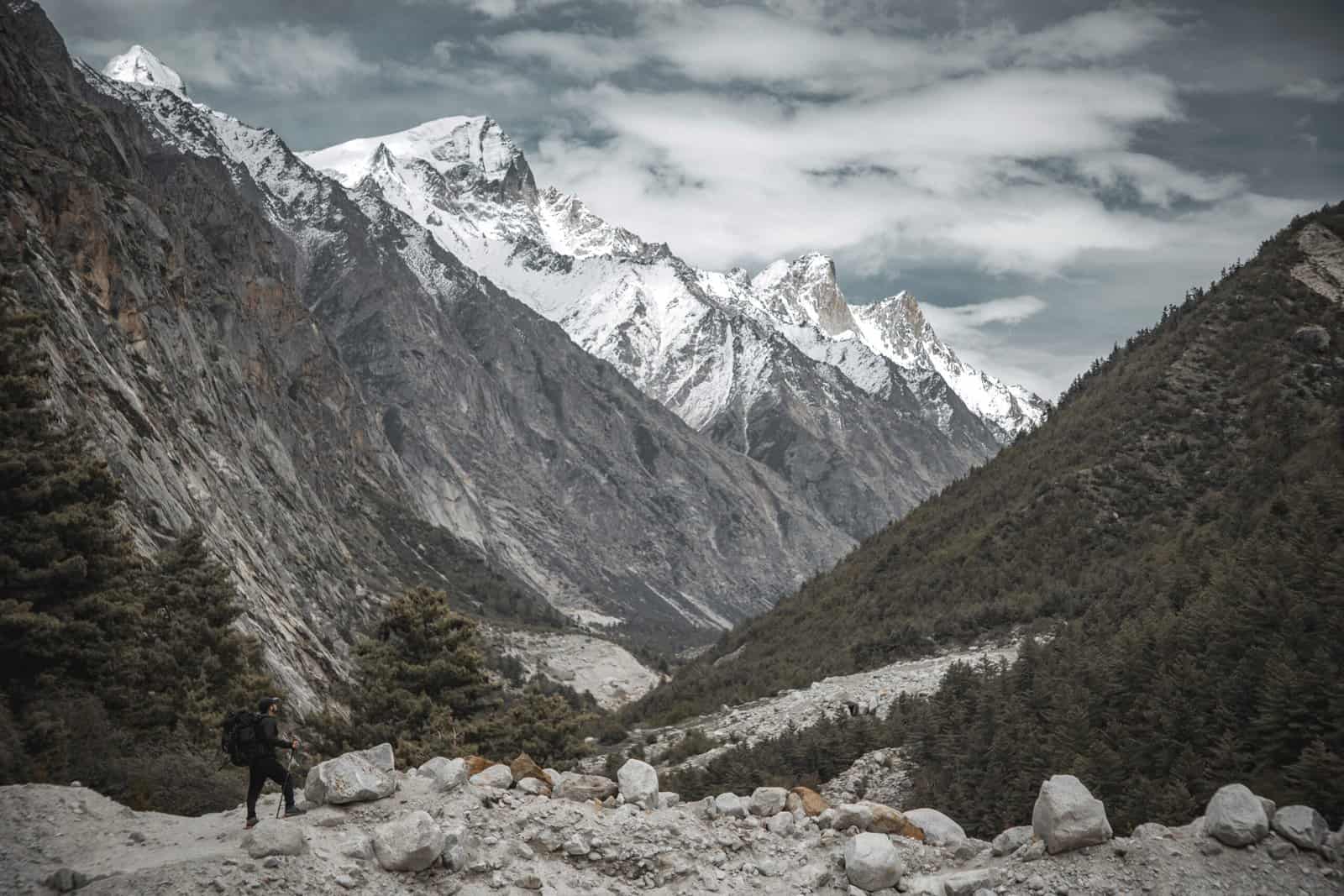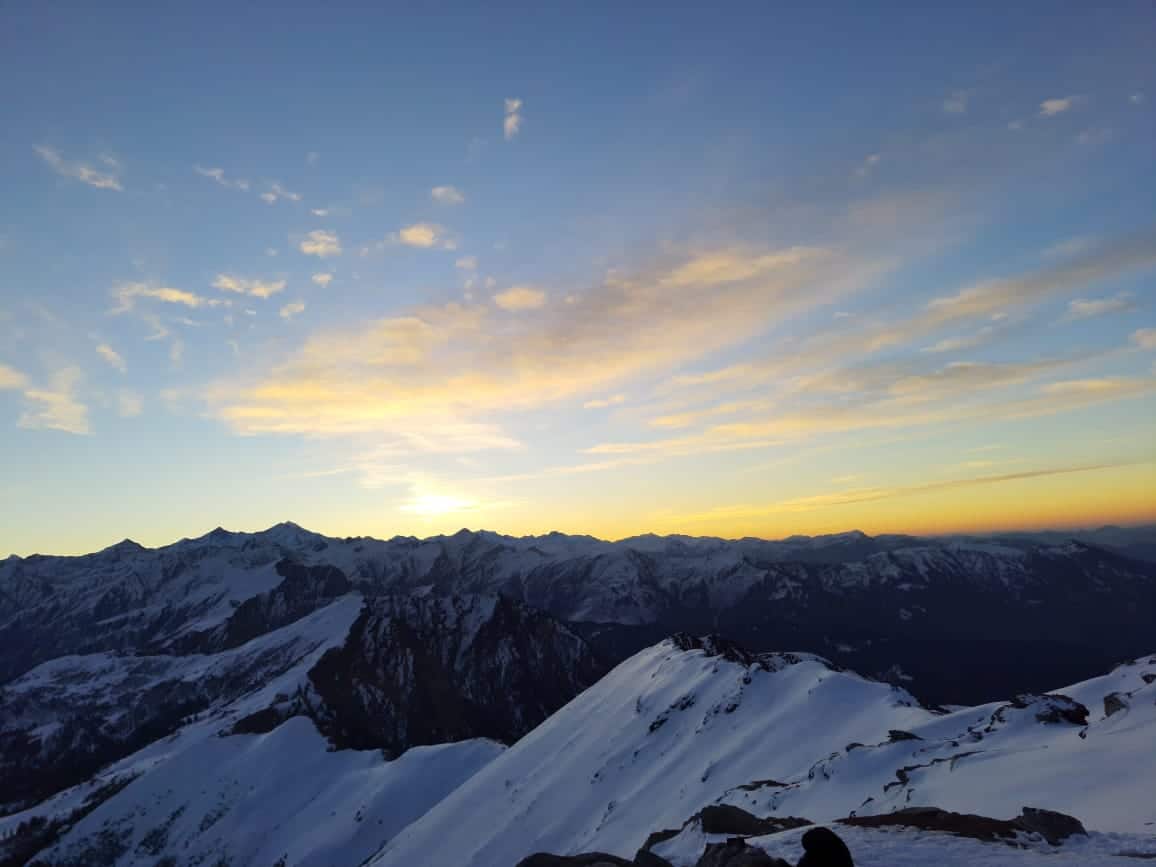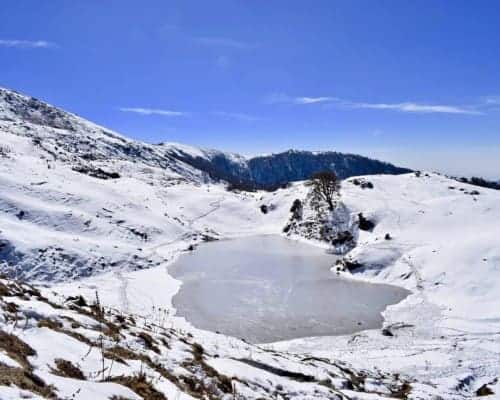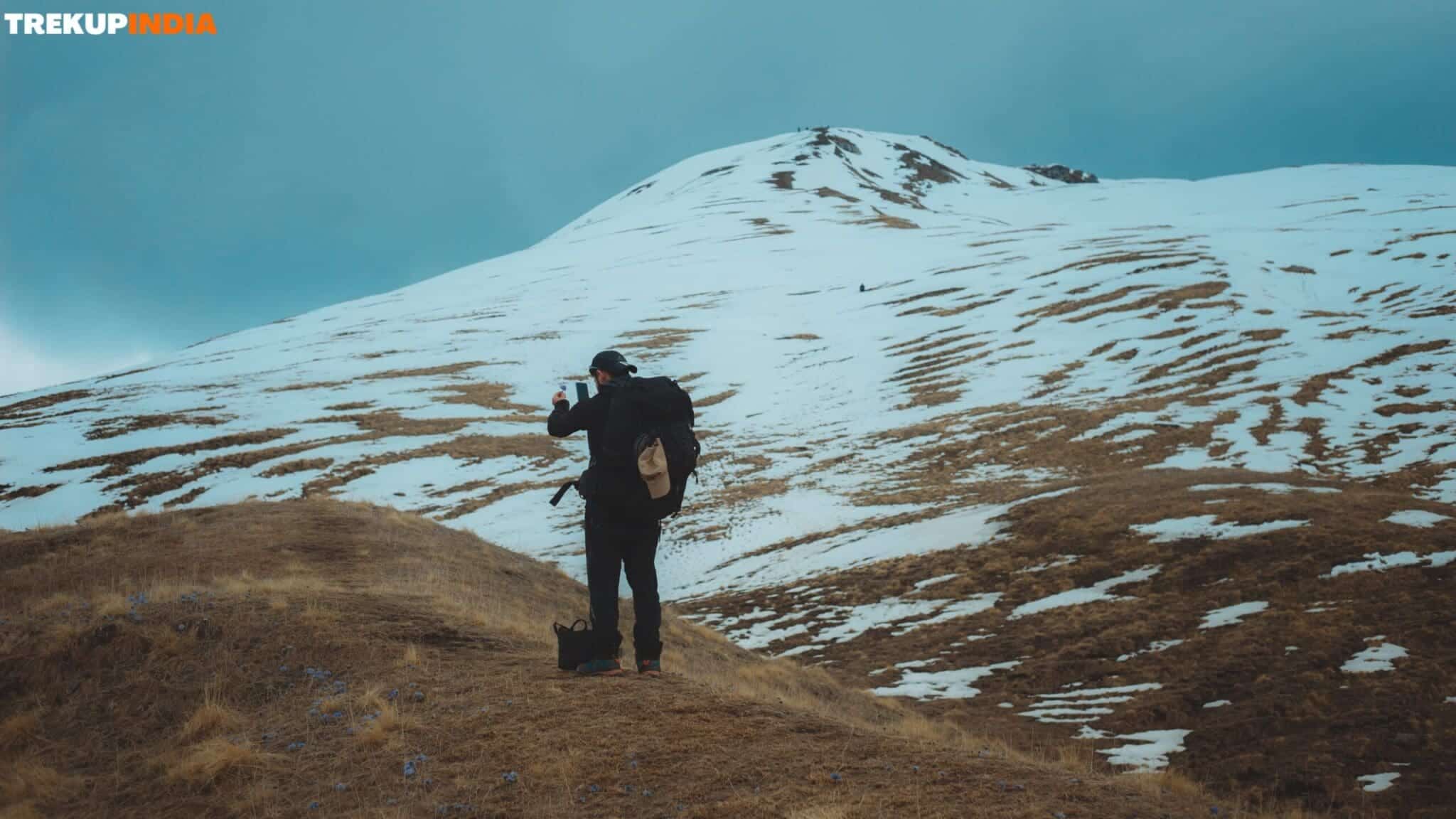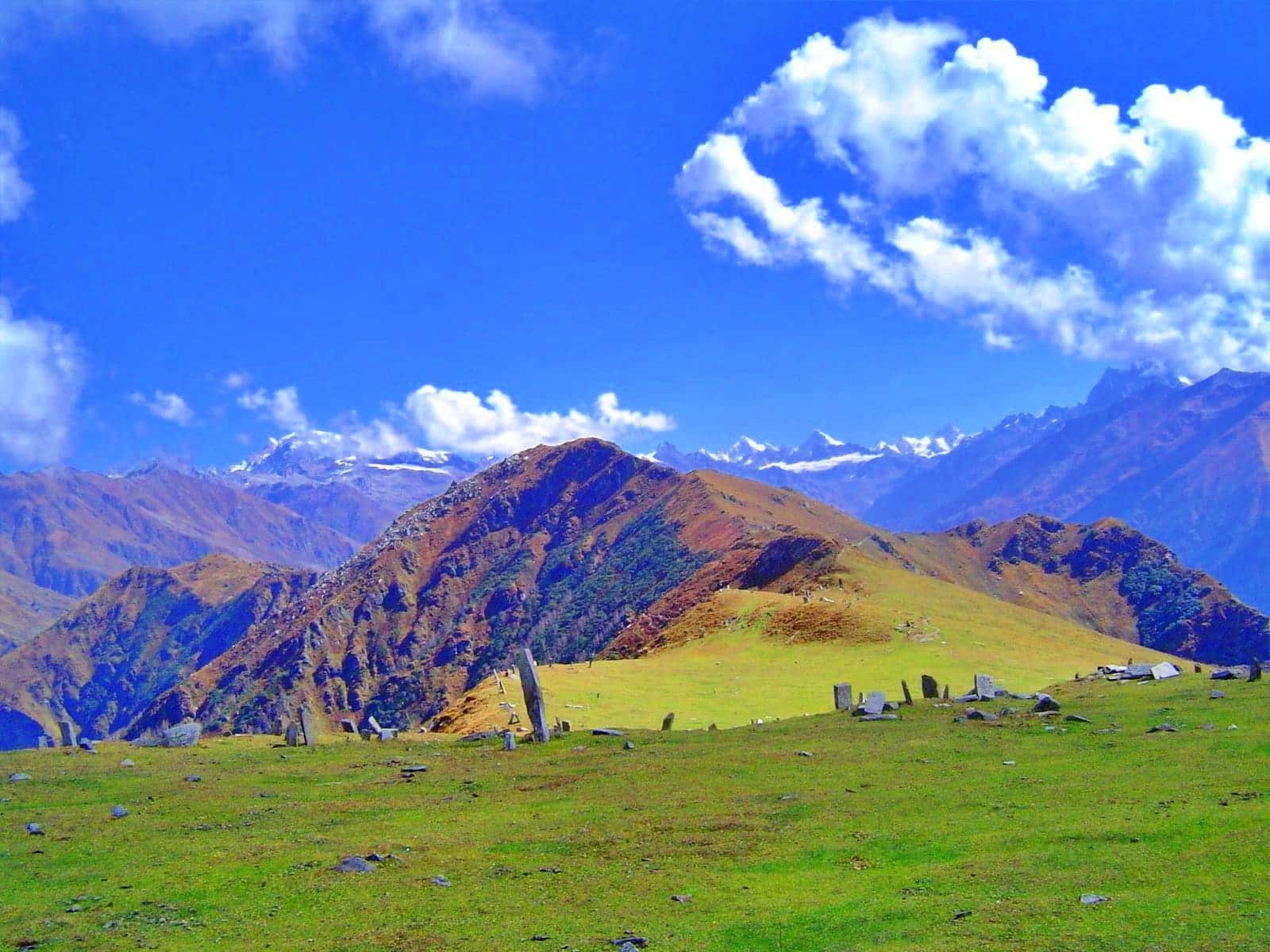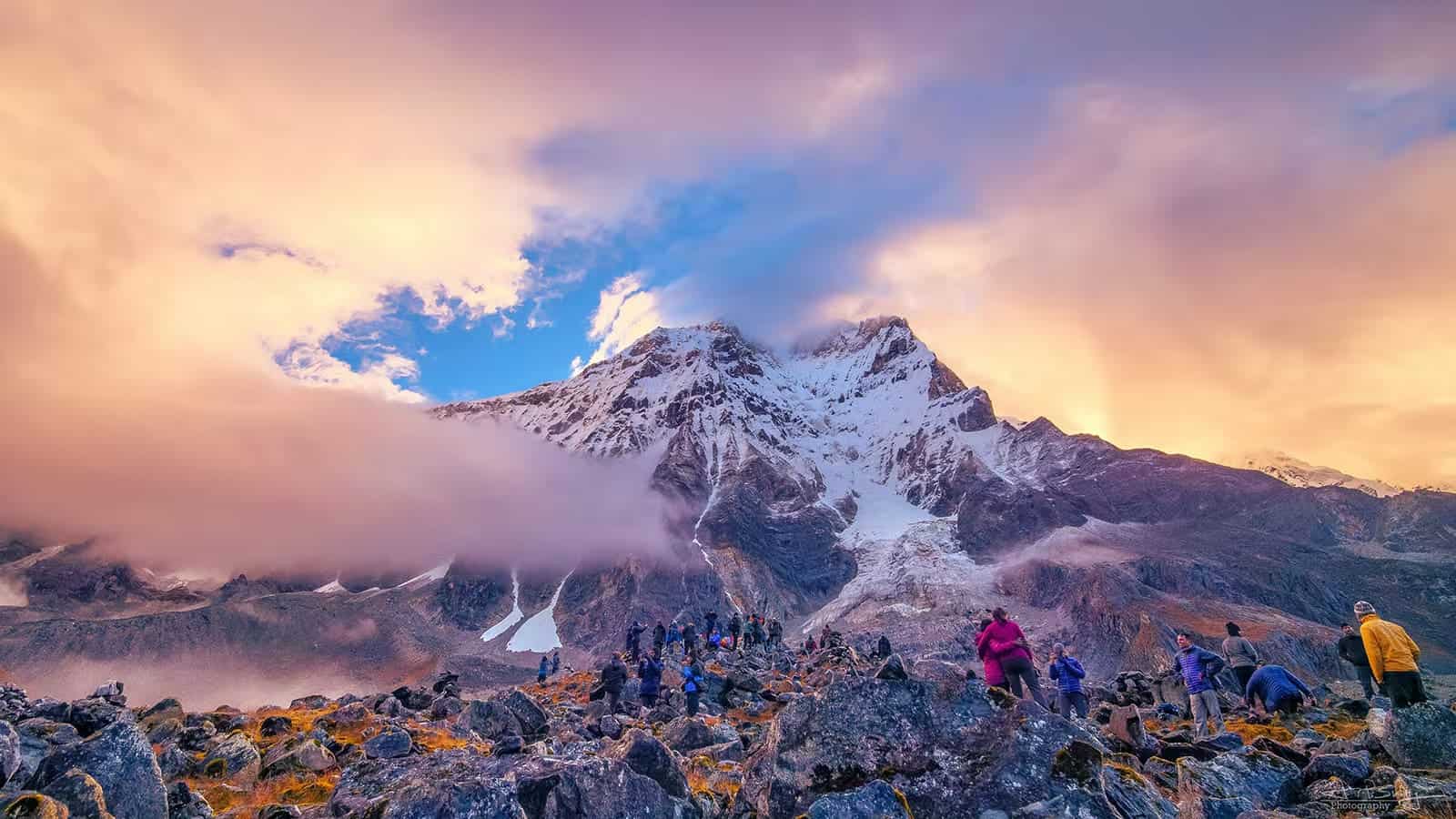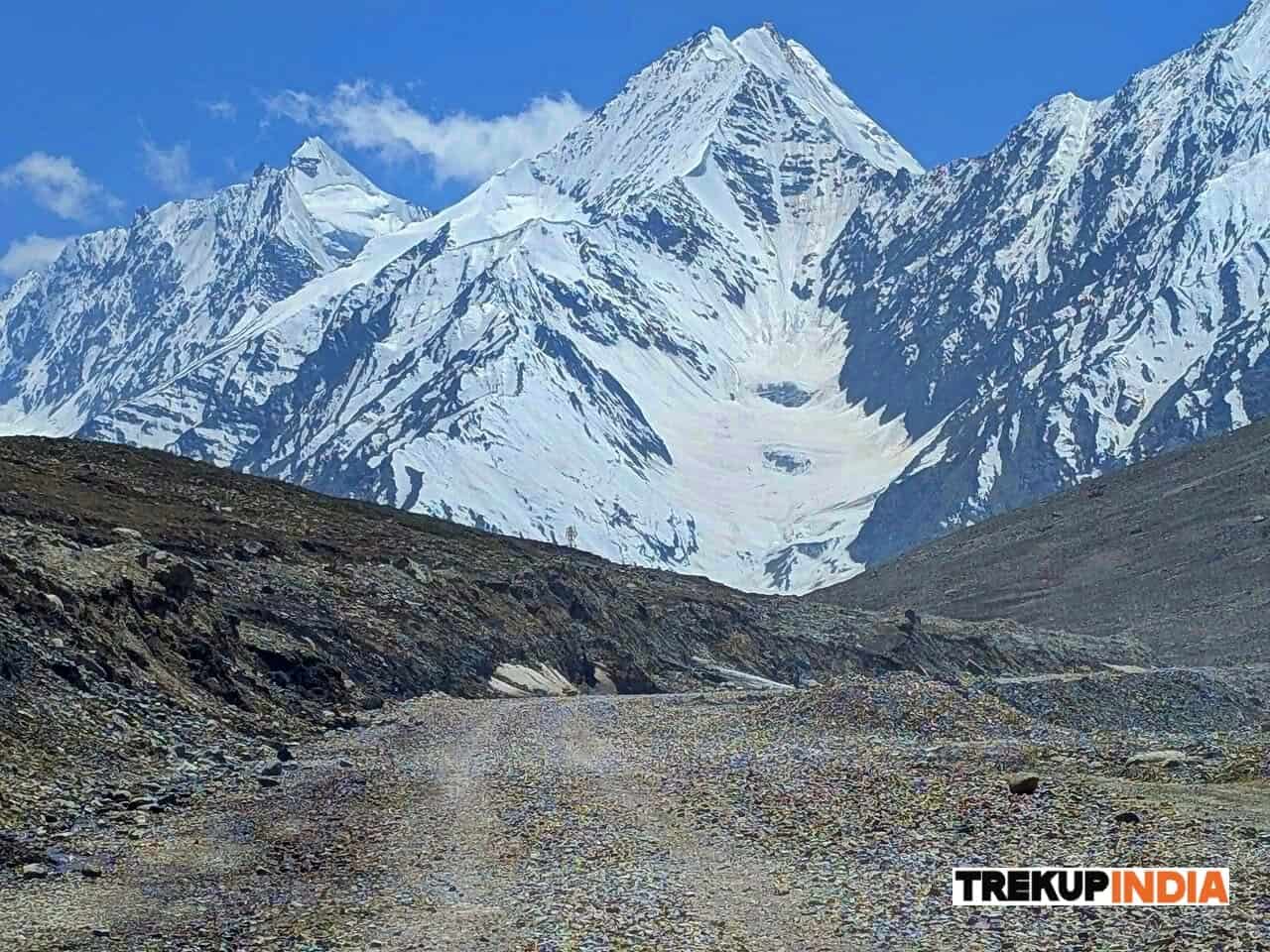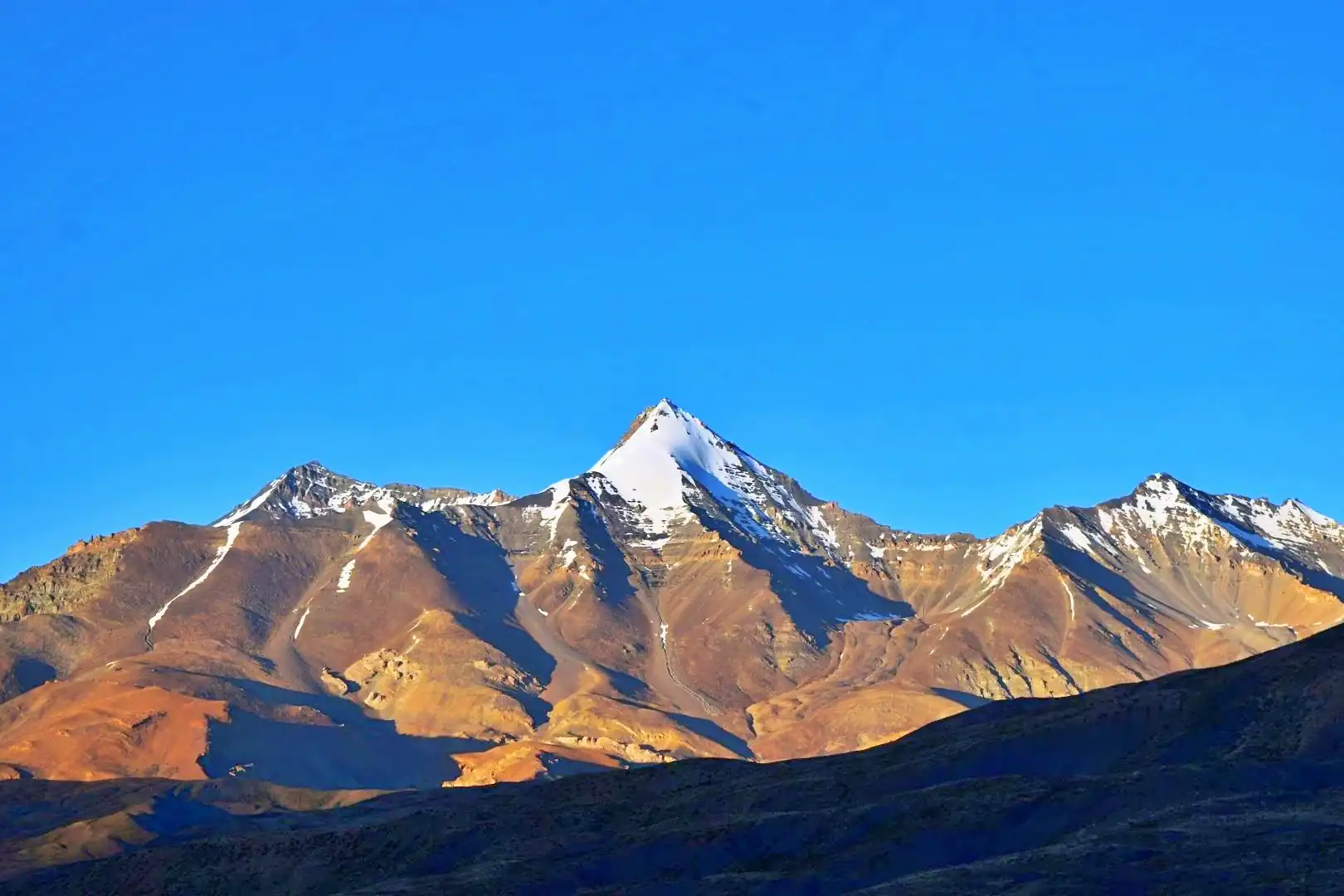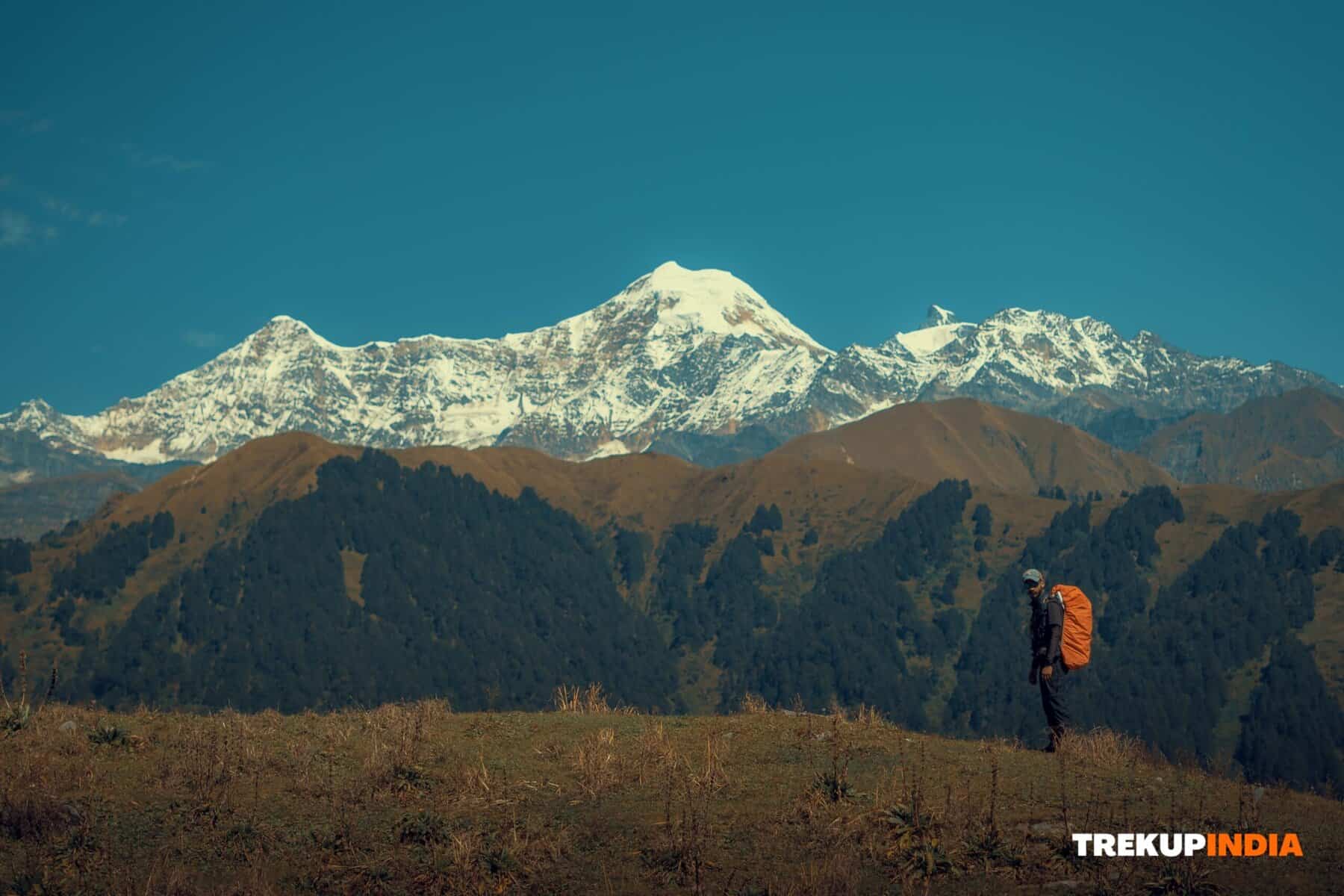Difference Between Himalayan Passes Treks And Expeditions
Mountains touching the sky are a surreal sight, and once you are up there, you are amazed by the awe-inspiring view from there. Mountain ranges have endured time and weather but have always been there for everyone. The vistas may change, but the hills take. There are various ways to reach the mountains, but trekking is the best. But hiking a mountain is one thing that comes to mind when you think of trekking. When these two words come to mind, people often have difficulty distinguishing them from others, such as Mountain Passes and Mountain Expeditions. The term mountain pass refers to the route between two mountains, while mountain expedition refers to climbing a mountain peak at its highest point. In mountain passes and expeditions, you pass through the same scenery.
What is a pass trek?
Passes Treks are the passages formed between mountain ranges or over a ridge. Rivers also sometimes flow through mountain passes. Depending on availability, one can cross or pass through on foot or road. Mountain passes are formed by natural phenomena like gaps or saddles, and they are mostly used for trade, migration, or transportation. A pass can be very short, which includes steep slopes to the top of the pass or a very long valley spreading a few kilometres. At some passes, roads have been constructed.
To make you understand more about Mountain Passes, let me tell you about a few Mountain Passes:-
Kuari Pass Trek– The highest altitude of the trek is 12,516 ft. You cross Kuari Pass Trek when you are trekking from Tali Forest camp to Kuari Pass, which is located in the Chamoli district of Uttarakhand.
Borasu Pass Trek– The highest length of the trek is 14,436 ft. You cross Borasu Pass Trek when you are trekking from Upper Lamjunga to Bonga Campsite, located on the border of Uttarakhand and Himachal Pradesh.
Chandrakhani Pass Trek– The highest altitude of the trek is 12,180 ft. You cross Chandrakhani Pass when you are trekking from Chaklani to Nagruni, and it is also located in the Kullu district of Himachal Pradesh.
The Pin Parvati Pass Trek– This trek is a high-altitude trekking route located in the Indian state of Himachal Pradesh. This trek is renowned for its challenging surface, extreme seclusion, and spectacular natural beauty, and it links the Parvati Valley in Himachal Pradesh to the Pin Valley in the Spiti area.
The Kalihani Pass Trek– This trek is a prominent trekking route at high elevations, positioned in the Kullu Valley of Himachal Pradesh. Its stunning landscapes include thick woodlands, alpine fields, and tough raised surfaces. The emphasis of this trek is the noticeable Kalihani Pass, which provides walkers with spectacular scenic views of the nearby mountains.
The Parang La Trek– This trek is a popular high-altitude trekking route in the Indian state of Himachal Pradesh and the Ladakh region. This trek is recognized for its stunning landscapes, challenging terrain, and cultural diversity. It attaches to the Spiti Valley in Himachal Pradesh with the Changthang Plateau in Ladakh.
What is an Expedition?
Expedition means climbing or hiking a hill to reach the top of a cliff. One can reach by road or train depending on availability, but the rest you must do on foot. The goal of a mountain expedition is to climb the summit or complete a specific route. Mountain Expedition involves setting up camps while following a trail on the mountain, which can be accessed at your leisure.
I am providing some of the Mountain Expedition to clarify what a Mountain Expedition is.
Black Peak Expedition – In the Uttarkashi district of Uttarakhand, you will start the trek from Black Peak Summit Camp to Black Peak Summit at 16,240 feet.
Mount Kilimanjaro Trek – The highest altitude of the trek is 19,340 ft. You will start from Barafu Camp to Uhuru Peak Summit, which is the highest peak of Mount Kilimanjaro. It is located in the region of Tanzania, Africa.
Mentok Kangri II is an Indian Himalayan peak located in Ladakh, India. It is widely known among adventurers and trekkers as it provides:
- Spectacular scenery.
- Delighting high-altitude experiences.
- A chance to immerse oneself in the unique Ladakhi society.
Difference between Passes and Expedition
There are many differences between Passes and Expeditions. Some of these differences are provided below.
- An expedition is carried out at the peak, whereas a pass is the middle point of two mountains. Mountain Expedition is done on isolated mountain peaks. On the other hand, mountain passes are part of mountain ranges.
- In the mountain pass, you will be passing through the location to a top point, while in the case of a mountain expedition, you have to reach the topmost point of the peak.
- Mountain passes are primarily used for transportation or migration. In contrast, mountain expeditions are typically focused on the challenge of climbing to the summit of a mountain or completing a specific route.
- Crossing a mountain pass can require technical climbing skills, physical endurance, and difficult terrain in harsh weather conditions. Altitude sickness, extreme weather conditions, high winds and low temperatures, dangerous rock and ice conditions, and potential avalanches can all occur during mountain expeditions.
Conclusion
In the case of both mountain passes and mountain expeditions, traversing mountain terrain is done, but goals, challenges, and difficulty levels may differ. Mountain passes and mountain expeditions are located differently. In conclusion, mountain passes and mountain expeditions differ in their purpose and scope. Mountain passes are routes through a mountain range that connects two areas. Mountain expeditions involve climbing a specific peak or summit for personal or other reasons.
About Author

Preetam Singh Rawat (Founder)
The person behind this trekking organization is someone who’s spent over a decade – 12 years, to be exact – living and breathing the mountains. With multiple high altitude summits under his belt (we’re talking 6000 to 7000 meter peaks), he’s not just experienced – he’s the real deal.
But what really sets him apart is the sheer number of treks he has guided. He has led over 200 Himalayan expeditions, including well known routes like Bali Pass, Buran Ghati, Rupin Pass, Pin Bhabha, Stok Kangri, and Black Peak. Not just once, but multiple times. So yeah, when it comes to the Himalayas, he knows every twist in the trail and every story the mountains have to tell.
Got questions or want to get in touch? Write to Preetam at preetam@trekupindia.com. He’s always happy to chat about treks, answer your questions, or help you prepare for your next big adventure.
Share this article
Dates For Upcoming Treks
Want To Trek Like Pro?
Basically, watch these videos if you want to trek the same way professional trekkers do and make your skills better. These videos contain useful tips and techniques to further improve your trekking skills itself. These videos actually help both new and experienced trekkers improve their trekking skills. These videos definitely provide useful tips that make your trek better. We are seeing that these videos by Trekup India experts will only help you make your trekking skills better.







Know Everything About Acute Mountain Sickness
Acute Mountain Sickness occurs when people trek to high altitudes above 8,000 feet. This condition itself develops further due to reduced oxygen levels at such heights. Basically, as you go higher up, the air pressure and oxygen levels decrease, which causes the same problem. Acute Mountain Sickness surely causes headache, nausea, vomiting, and dizziness in affected persons. Moreover, peoples also experience difficulty in sleeping during this condition. To avoid mountain sickness, you should actually trek up slowly to higher altitudes. To learn further about this condition itself, watch the videos by Trekup India.

